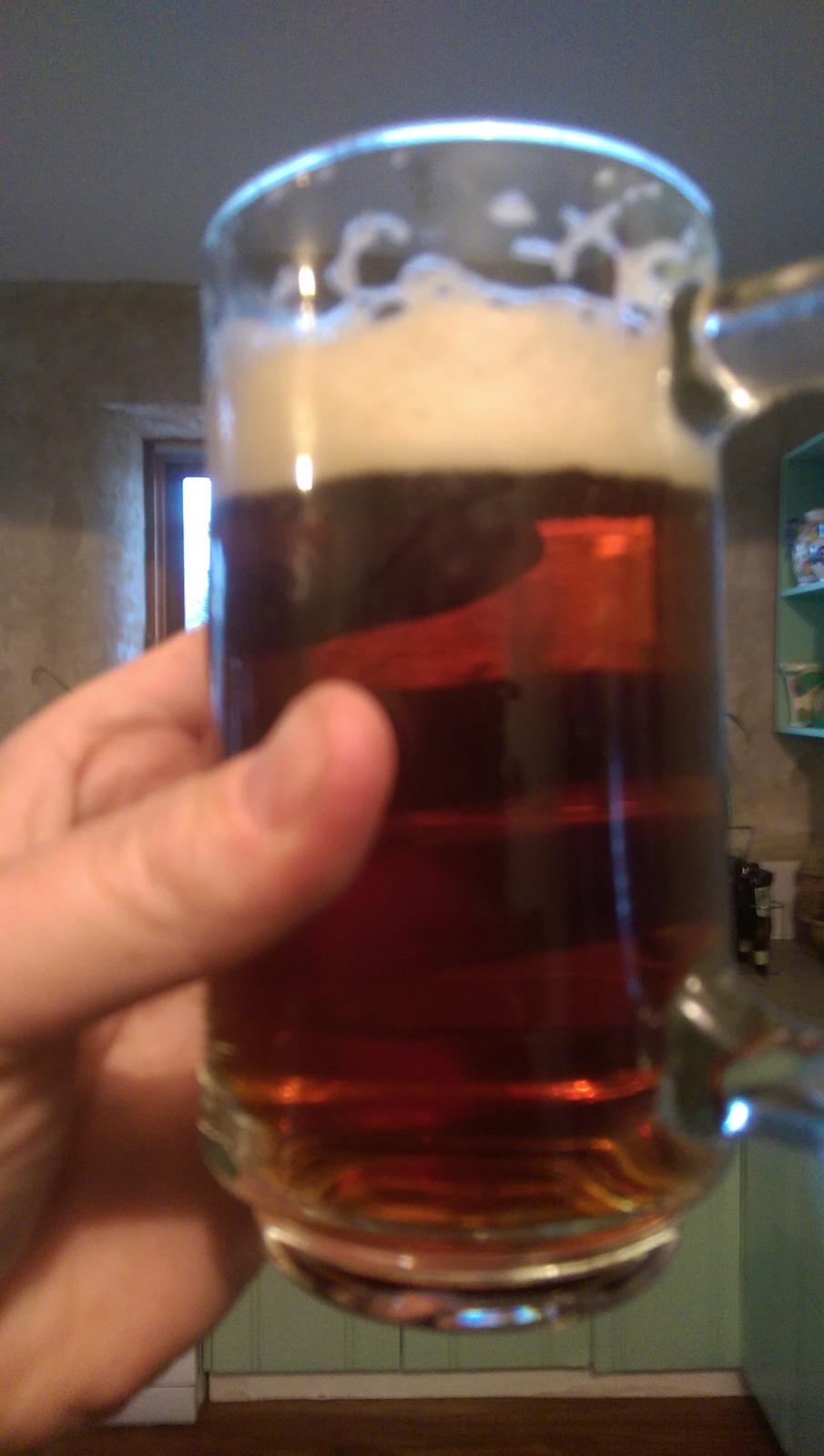In an effort to save cash I am considering bottling from my primary fermenting bucket . ...what's the downside to this . It says it's possible in my brew book....just says to mix priming sugar in fermenting bucket and to let sit for 30 min so the yeast and all resettles down.
Do I just have my girl syphon while I fill bottles and to have her watch out for the bottom crud?
Do I just have my girl syphon while I fill bottles and to have her watch out for the bottom crud?


